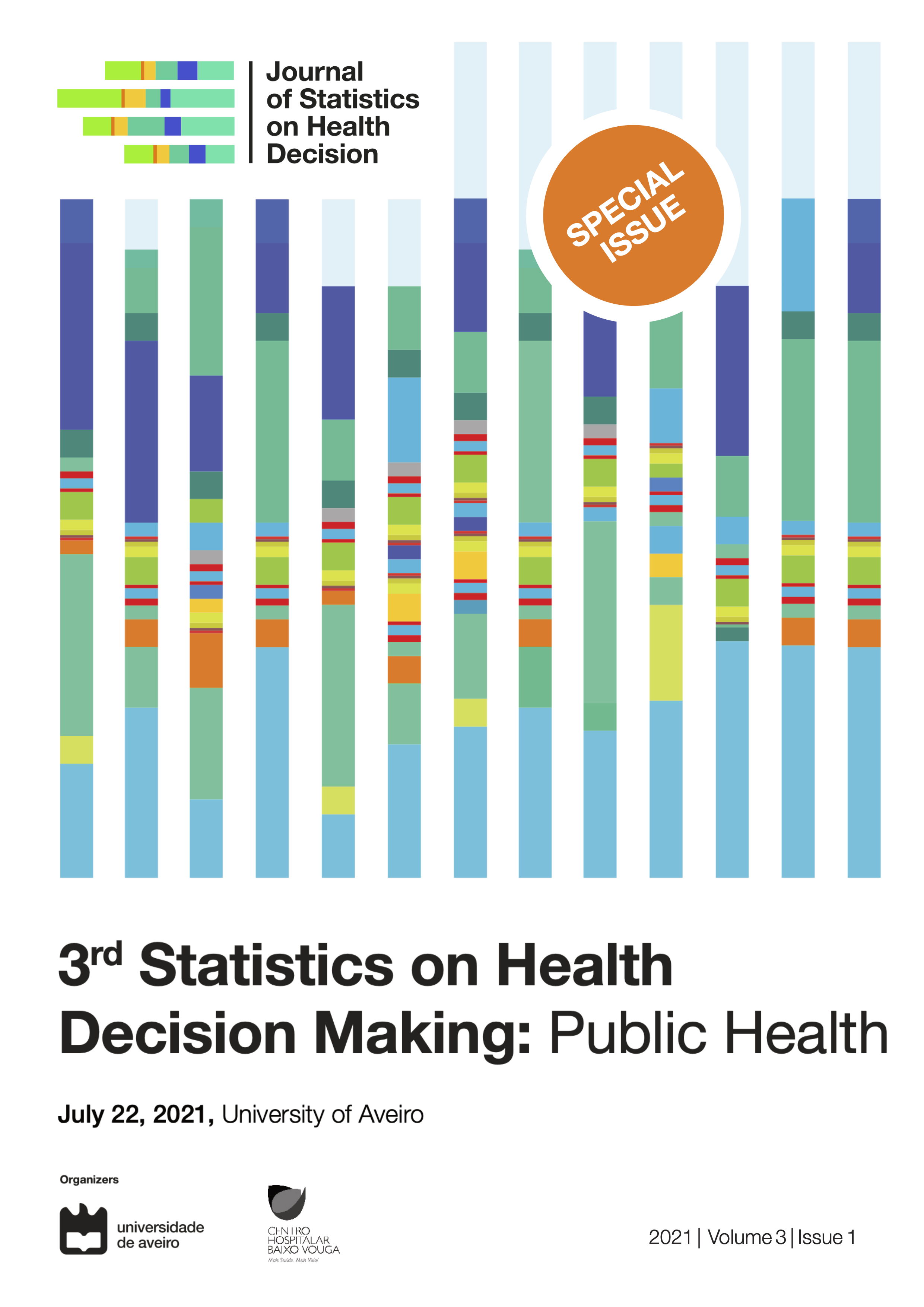Importance-Performance Analysis: a management tool on health decision making.
Abstract
The evaluation of the health services provided and their management, when carried out, is commonly done in an autonomous and non-integrated way. In this process it is fundamental that the experience lived by hospital users may be evaluated under different prisms, thus revealing itself as an additional contribution to the decision-making process in hospital management. The fact that decision-makers are unaware of user satisfaction with the health care provided hinders the desired continuous improvement in health care. Santarém District Hospital was a pioneer in Portugal in the introduction of the Single Act Consultation-SAC. SAC is performed in the hospital's High-Resolution Scheduled Outpatient Clinic where the patient is seen and diagnosed by a physician. If necessary complementary exams will be performed that allow a correct diagnosis after which the patient will return home with a treatment or therapeutic proposal. In this research, the information to be analysed was collected from a designed questionnaire structured for this purpose, addressed to 400 users between July to September 2019, containing an evaluation scale for the health services integrated in the SAC in 26 items related to 5 domains which the Importance-Performance Analysis (IPA) model in the decision-making process in hospital settings will be implemented. The questionnaire also includes questions that allow a sociodemographic characterisation of its users. A key issue in IPA is what values to be set as barriers for the P and I axes. In most cases, the value to be attributed to each of the barriers lacks statistical justification and is left to the subjectivity of the decision-maker.
The absence of statistical methodology that supports the establishment of such barriers makes the predictive and discriminating power of IPA unfeasible. The pertinence of adopting robust criteria in the setting of barriers therefore becomes an imperative. This research aims to fill this gap by making IPA a more robust and valuable tool, particularly for hospital decision-makers to maximize user satisfaction in the SAC. To this end, the authors propose the adoption of the logistic regression model to help determine IPA barriers, whose cut-off threshold will be guided by the maximization of the discriminant power assessed either by the area under the Receiver Operating Characteristic (ROC) curve or by the adoption of Cohen's k, Somers' correlation and Matteus coefficients. The logistic regression model will have as response variable a new gold standard that allows for a correct classification of the attributes under analysis and as predictors the attributes referring to the five domains with regard to Performance and Importance.
In addition to the sociodemographic characterization of the SAC users, the results of this research point to the maintenance and prioritization of the quality of care provided. This methodology proved to be a valuable tool for decision making in hospital settings, leading to greater efficiency in the SAC, translated by the release of vacancies and reduction of the waiting list with increased levels of user satisfaction.
Copyright (c) 2021 Ricardo Miguel Vieira de São João

This work is licensed under a Creative Commons Attribution 4.0 International License.
When submitting an article to the Journal of Statistics on Health Decision (JSHD), authors certify the following clauses:
- Originality and single submission – The contents presented in the article have not been published previously in whole or in part, and were not submitted or are not under active consideration elsewhere prior JSHD decision. The article is authentic and does not contain plagiarism.
- Authorship – All authors reviewed the article, agreed with its content, and agreed to its submission to the JSHD. All the authorship criteria stated by The International Committee of Medical Journal Editors Guidelines were met.
- Conflicts of interest – Any conflict of interests were declared. If authors have no declaration, it should be written (in the acknowledgements section): “The authors declare no conflict of interests”.
- Ethics committee and informed consent (if applicable) – The current research was approved by an independent ethics committee and subjects gave their informed consent before they were enrolled in the study.
- And authors agree to the Open Access license agreement of the Journal of Statistics on Health Decision, stated bellow.








